Battling the elements can be tough work, especially when dealing with relentless rain at a construction site. Keeping dry isn't just about comfort—it's about safety, functionality, and productivity. Regardless of the weather, building work doesn't stop. So, finding the right rain gear that can sustain a downpour while ensuring breathability and movement is essential.
This article throws light on all aspects of rain gear crafted specifically for construction workers—from the variety of waterproof materials and leading brands in the industry to the types of rain gear available and crucial features to consider while buying. Prepare to dive into a comprehensive guide that will leave you equipped to make an informed selection tailored to your needs. We'll also provide candid reviews of top products, to give you a genuine glimpse into what's hot (or rather, cool and dry!) in the market right now.
Whether you're new to the construction trade, an experienced craftsman, or merely overseeing the project, knowing about the perfect rain gear forms an important and overlooked aspect of safety and comfort in the profession. So, buckle up and let’s explore the world of safe, durable, and comfortable rain gear for every construction worker's need!
Materials for Waterproof Rain Gear
Staying dry in a downpour requires more than just a simple umbrella — it calls for reliable and durable waterproof rain gear. And the effectiveness of that gear relies heavily on the carefully selected materials from which it's made. Let's delve into some of the most popular materials used for crafting high-quality rain gear.
PVC
Polyvinyl Chloride, commonly known as PVC, is a hard plastic that's converted to a flexible and waterproof material through the addition of plasticizers. It's a popular choice for rain gear due to its high durability and waterproof nature. PVC has the added benefit of being resistant to oil, which makes it suitable for use in industrial and marine environments.
Neoprene
Renowned for its insulating properties and flexibility, neoprene is a synthetic rubber commonly used in the wet suit industry. Neoprene is ideal for cold and wet conditions because it traps a layer of water which your body then warms, creating an insulating layer against the cold.
Rubberized/PVC
When extra durability is a necessity, manufacturers often turn to rubberized/PVC material. This is essentially PVC material that has been rubberized or coated with rubber, resulting in an incredibly strong and resistant fabric ideal for heavy-duty rain gear.
Nylon and Polyester
The seemingly ordinary materials, nylon, and polyester, shouldn't be underestimated. When woven tightly, these synthetic fibers create a highly water-resistant fabric. However, for totally waterproof gear, they're usually combined with another waterproof coating or membrane.
Coated Nylon
Speaking of coated fabrics, coated nylon is an excellent example. Nylon, in its baseline form, isn't the most waterproof material. However, when observed under a microscope, a coated nylon fabric will reveal a thin hydrophobic (water-repelling) coating, converting the nylon into a much more water-resistant material.
Gore-Tex
Gore-Tex has revolutionized the outdoor gear industry with its breathable, waterproof fabric. It contains over 1.4 billion microscopic pores per square cm. These pores are large enough for sweat and vapor to escape but too small for water droplets to enter. The result? An incredibly waterproof, yet breathable fabric.
Custom Coated Nylon
Custom coated nylon is another contribution to the waterproof fabric arena. Here, manufacturers customize the nylon coating so it suits the specific conditions the final product will be used in. For instance, they might add UV resistance for gear intended for use in high sun exposure areas, or fungus resistance for humid environments.
300 Denier Oxford Ripstop
When puncture and tear resistance are critical, 300 Denier Oxford Ripstop is the chosen material. This fabric is woven using a special reinforcing technique that makes it resistant to ripping and tearing. Additionally, it's often coated or laminated for added waterproofing.
To truly appreciate the importance of waterproof rain gear, it's essential to understand the unique properties and benefits of each material. After all, staying dry is about more than just bracing for the rain; it's about the science and innovation behind every thread, coating, and membrane that make up our rain gear. Better understanding these materials can help you choose the right gear for your specific needs.
Top Brands for Construction Rain Gear
When it comes to construction, the weather can often play a critical role in productivity. Whether it’s the beating sun or a torrential downpour, construction workers need to be ready for any circumstance. One of the biggest hindrances to work can be heavy rain. Without the proper gear, it becomes almost impossible to continue operating. That's why having the right rain gear is essential for anyone involved in construction.
Dedicated brands are tirelessly working to ensure workers stay dry and comfortable, without compromising their ability to perform their duties. These brands offer a wide range of rain gear options tailored for construction- from jackets and trousers to full suits, boots, and waterproof gloves. Let's take a deeper look into these top brands for construction rain gear.
- Dickies. Known for durability and comfort, Dickies offers an array of rain gear that is tough enough for construction sites. Maintaining a balance between water resistance and breathability, Dickies ensures workers stay dry without overheating.
- Carhartt. With its longstanding reputation in the workwear industry, Carhartt offers reliable, robust, and functional rain gear. Their products are crafted to stand able to withstand rigorous work environments while maintaining worker comfort.
- Custom LeatherCraft. CLC is renowned for its innovative design and superior comfort. Their rain gear features advanced materials and design features that ensure maximum waterproofing and breathability.
- Dutch Harbor Gear. Known for their extreme-weather gear, Dutch Harbor lives up to its reputation by offering heavy-duty, waterproof construction rain gear. Their products boast superior durability suited for harsh environments.
- OccuNomix. OccuNomix rain gear stands out for its high-vis reflective elements, making them a safety-conscious choice for construction workers. They offer both lightweight and heavy-duty options to suit various weather conditions and work demands.
- FROGG TOGGS. Their rain gear is noted for being lightweight and easily packable, making them perfect for unpredicted rain showers and space-sensitive environments.
- Patagonia, Arc'teryx, The North Face, and Helly Hansen. These renowned outdoor brands offer high-end, technical rain gear that can stand up to the rigors of a construction site with a focus on ergonomic designs and sustainable practices.
- Blaklader. A well-respected workwear brand, Blaklader's rain gear emphasizes top-tier materials and construction to withstand demanding conditions without limiting mobility.
- Lastly, Light Heart Gear, Anti Gravity Gear, and ProQuip. These companies offer various innovative and customizable options, integrating modern materials to prioritize both durability and comfort.
In essence, every construction worker should invest in high-quality rain gear. Regardless of the environment or nature of the work, these top brands for construction rain gear allow workers to face it with confidence.
Types of Rain Jackets and Gear
Let's face it, unsavory weather conditions are a common obstacle for those in rugged outdoor professions, such as the construction industry. Despite the hurdles, the show must go on. This is where the right gear comes into play to not just help you brace the elements, but also stay safe while at it. To that end, we're exploring various types of rain jackets and gear that workers can utilize to keep themselves protected and comfortable.
Rain Jackets
To start off, here's the piece of gear that popped into your mind at the mention of 'rain gear'— the trusty Rain Jacket. From lightweight shells to heavy-duty, waterproof options, rain jackets come in a variety of options designed to safeguard you against not just dampness, but also the chilly winds that come with it.
Rain Pants
Just as important as the jacket, Rain Pants ensure your lower body doesn't get drenched when you're battling a downpour. Whether you're navigating through a busy construction site or just hiking, these waterproof pants can keep you dry without hindering your mobility.
Bib Rain Pants
Offering extended coverage, Bib Rain Pants are a great upgrade from traditional rain pants. They come with suspenders and a high-rise design, covering your torso and offering better insulation.
Rain Suits
If you're looking for a full-body solution, then Rain Suits are the way to go. Combining a jacket and pants in one piece, these suits offer seamless protection against heavy precipitation, keeping you bone-dry in severe weather.
Industrial Rain Gear
Designed specifically for heavy-duty outdoor work, Industrial Rain Gear is a class apart from the rest. Sturdy, durable, and packed with features, these items are engineered to withstand the most grueling conditions while providing optimal protection.
Reflective Rain Gear
For those working in low-visibility conditions, Reflective Rain Gear is a veritable lifesaver. Furnished with reflective materials, these pieces of gear ensure the wearer is clearly visible even in the darkest, rain-fogged environments.
Insulated Rain Jackets
Our next must-have item is the Insulated Rain Jacket. Designed to provide an extra layer of warmth, these jackets are perfect for those frigid, rain-soaked days when regular rain jackets won't cut it.
Wind Breakers
Last but not least, Wind Breakers are also a great option to consider. Despite their thinness, they offer reliable wind and rain protection and are versatile to wear, making them an essential addition to your rain gear closet.
The elements may be unpredictable, but equipped with the right gear, you are always prepared. Never underestimate the importance of high-quality, weather-appropriate clothing when it comes to the outdoors. After all, as they say, "There's no such thing as bad weather, only unsuitable clothing."
Features and Considerations
When it comes to selecting the perfect rain gear, there are several features and considerations to keep in mind. Each attribute enhances the overall performance and effectiveness of the gear, ensuring optimal protection from the rain while optimizing your comfort.
Durable Water Repellent (DWR) Finish
A crucial feature in any rain gear is the Durable Water Repellent (DWR) finish. This feature allows water to bead up and roll off the fabric, preventing rain from saturating the material.
High Visibility and Reflective Options
Rain tends to reduce visibility, which is why considering gear with high visibility and reflective options can be beneficial, especially for those who plan to be out in the rain during dark or foggy conditions.
Tear-Resistant Material
A tear-resistant material is another noteworthy consideration. This feature ensures that your gear can withstand harsh conditions and frequent use without damage, prolonging its lifespan.
Wind Resistance
While rain protection is essential, wind resistance should not be ignored. Pairing a wind-resistant option with water protection can provide comprehensive coverage against inclement weather.
Breathability
Sealed against water and wind, some rain gear can feel stuffy and uncomfortable. That's where breathability comes in – it ensures that moisture from your body can escape, keeping you dry and comfortable from the inside out.
Seam Taping
Seam taping is a process in which the seams of the gear are sealed off to prevent water from entering through these vulnerable points.
Puncture-Resistant Fabric
For those involved in outdoor activities or work involving risk of sharp objects, a puncture-resistant fabric could be an advantage. This means your gear is safeguarded against potential punctures that could compromise its water-resistant capacities.
Bionic Finish ECO
As the rain gear industry evolves, new features such as the Bionic Finish ECO are emerging. This unique finish is free from harmful substances, making it an environmentally friendly choice.
Comfort and Fit
Lastly, but in no way least, comfort and fit are crucial considerations when choosing your rain gear. Regardless of how effective the rain gear is against weather conditions, if it isn't comfortable or doesn't fit properly, it will be less effective and satisfactory.
So, select your rain gear carefully, considering these important features. The right choice will ultimately keep you dry, comfortable, and ready to face the rain confidently.
Reviews and Recommendations
The feedback provided by real-life users has proven to be a priceless resource in a thriving era of e-commerce. When it comes to rain gear recommendations, reviews often serve as a guiding light, helping potential buyers sift through countless options and hone in on the product perfectly tailored to their needs.
The notable attributes consistently highlighted include the durability, efficient seam welding, quality materials, and high tear resistance of the rain gear. All these characteristics merit a special mention, as they ultimately contribute to establishing the reliability of the product. For instance, ProQuip's 'Tempest' rain jacket has often been praised for these aspects, making it a highly recommended choice.
The beauty of dipping into the vast pool of reviews is that they give credible insight into the product's actual performance. They expose the minutiae that are often missed out on the shiny product descriptions or the alluring adverts. Therefore, potential buyers would do well to pay careful attention to them.
Let's delve into the elements that make a product a recommended choice, featuring some key points captured through consumer feedback:
- Durability: A desirable rain gear should be built to last, capable of withstanding whatever Mother Nature throws at it. The trust in a product's longevity often translates into high ratings and recommendations.
- Seam Welding: Effective seam welding makes sure the droplets stay outside, where they belong. It is this aspect that often gets a nod of approval in reviews, indicating that the product will serve its purpose without soaking the user.
- Quality Materials: Paying attention to the quality of materials used is key to ensuring the product's efficiency and longevity. There is a general acknowledgment among reviewers if a product uses top-tier, reliable materials.
- Tear Resistance: A feature closely tied to a product's longevity is its tear resistance. Users appreciate rain gear that doesn't easily give in to wear and tear, indicating a good investment.
- Reliability: Reliability ties together all the previous aspects and arguably the most vital. The collective good performance of these elements leads to higher trust in the product overall.
In summary, making an informed decision requires more than simple reliance on product descriptions or advertising claims. The real-life experience and insights of consumers add a significant layer of credibility, contributing significantly to making sensible purchasing decisions. And when it comes to rain gear like the 'Tempest' rain jacket by ProQuip, the appreciation for its durability, premium materials, tear resistance, efficient seam welding, and overall reliability bears testament to it being a highly recommended choice.
Conclusion
In the realm of construction work, the perpetual struggle against the elements is a daily reality. But with the right rain gear, one can efficiently, comfortably, and confidently combat harsh weather conditions. The challenge is in understanding the fabrication, the brands, the type of gear, and the unique features that make a good fit for one's particular needs. Crucial considerations such as durability, breathability, water resistance, fit and comfort can significantly affect performance and satisfaction with a chosen product.
However, the journey doesn't end at selecting the right gear. Remember to pay attention to real user reviews and experiences for a holistic take on product performance. Take your time to browse, compare, and contrast all the options available to you before making an informed choice.
And if you're looking for a trusted, customer-approved option that boasts of quality, comfort, and functionality, look no further than Hurricane Raingear. Loved by customers for their exceptional products that are a fusion of craftsmanship, premium materials and in-depth understanding of consumer needs, these are rain gear solutions you can trust to take you through the storm. Till next time, stay dry and safe!
Frequently Asked Questions
-
What are the key features to look for in rain gear for construction?
When looking for rain gear for construction, key features to consider include waterproof material, tear-resistance, durability, breathability, visibility options, and comfort.
-
What are some popular brands for rain gear in the construction industry?
Some popular brands for rain gear in the construction industry include Carhartt, Dickies, Helly Hansen, Marmot, and Columbia.
-
What is the difference between water-resistant and waterproof rain gear?
Water-resistant rain gear can resist water to some extent but may not be fully waterproof. Waterproof rain gear, on the other hand, is designed to keep you completely dry even in heavy rain or prolonged exposure to water.
-
Are there any specific certifications to look for in rain gear for construction?
Yes, when choosing rain gear for construction, look for certifications such as ANSI/ISEA 107-2015 for high-visibility clothing and EN 343 for waterproof and breathable protective clothing.
-
How do I ensure the right fit for rain gear in construction?
To ensure the right fit for rain gear in construction, refer to the sizing guide provided by the manufacturer. Consider the clothing layers you may be wearing underneath and allow for ease of movement. If possible, try the gear on before purchasing.



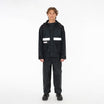
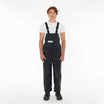
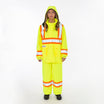
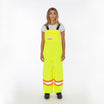
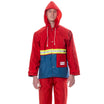
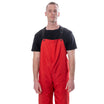
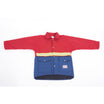
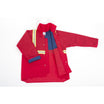
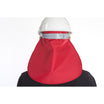
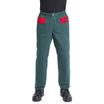
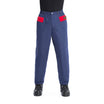
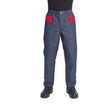
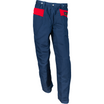
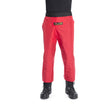
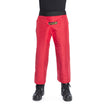
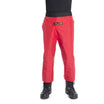
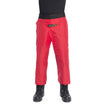
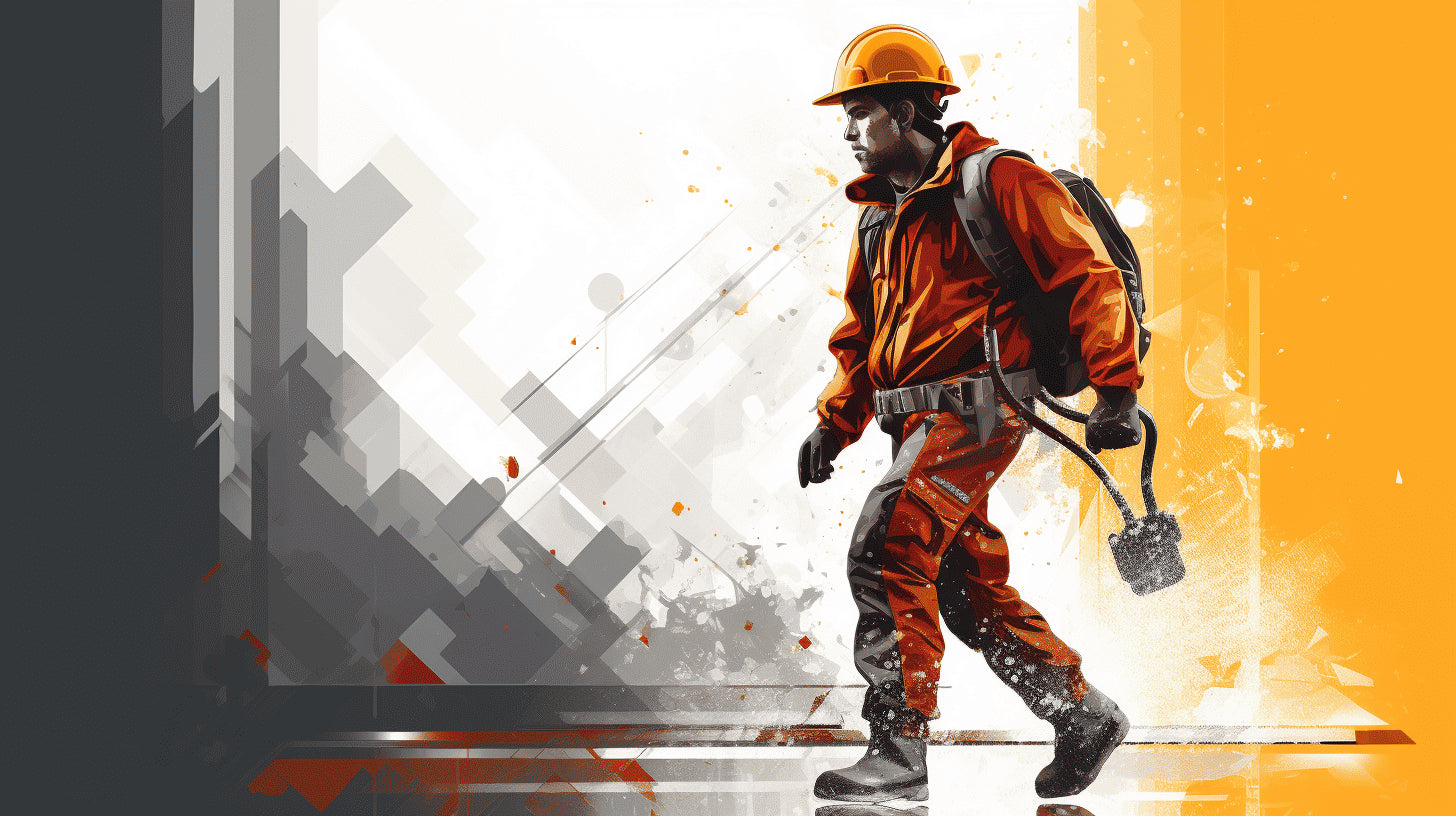
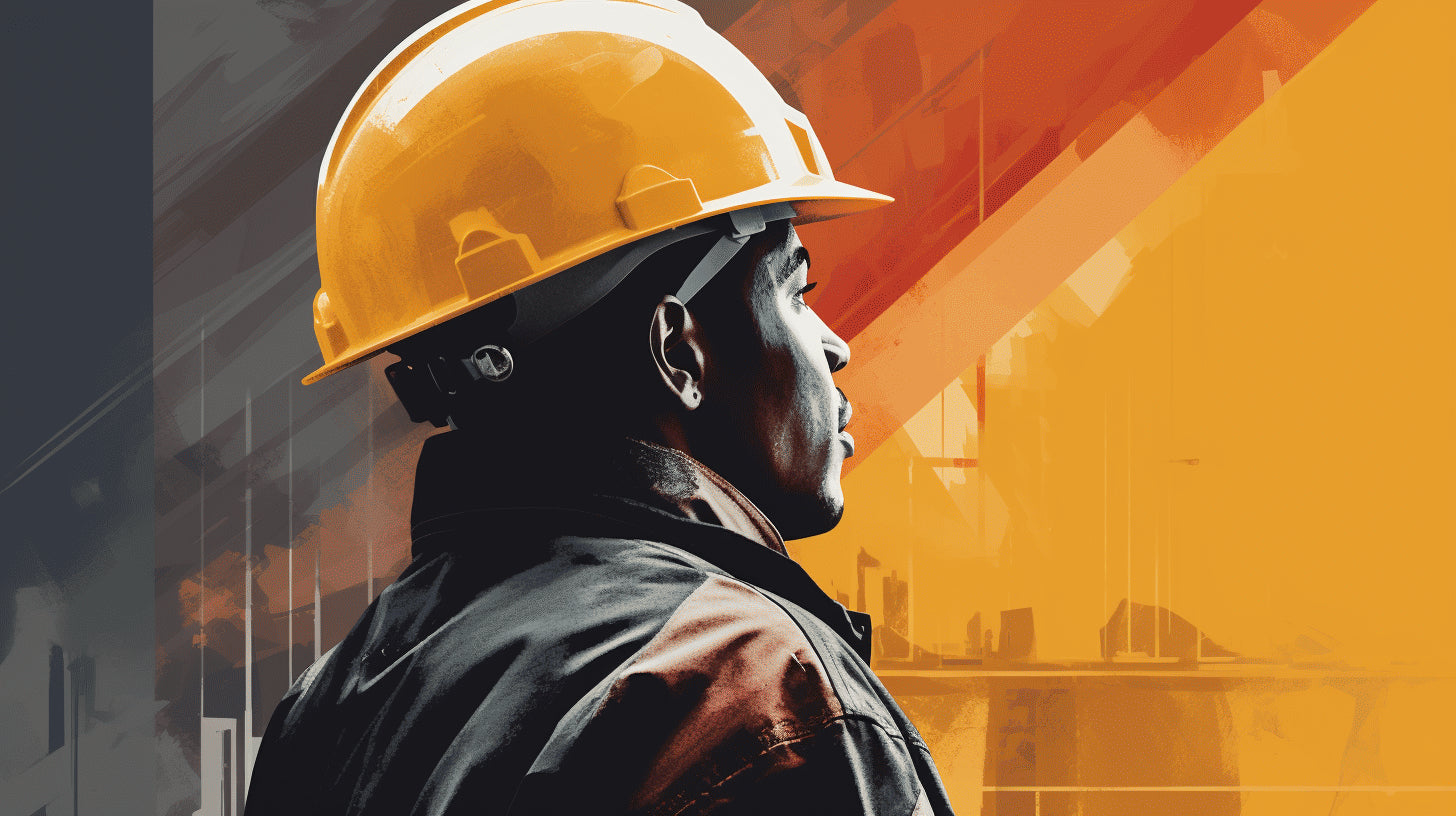
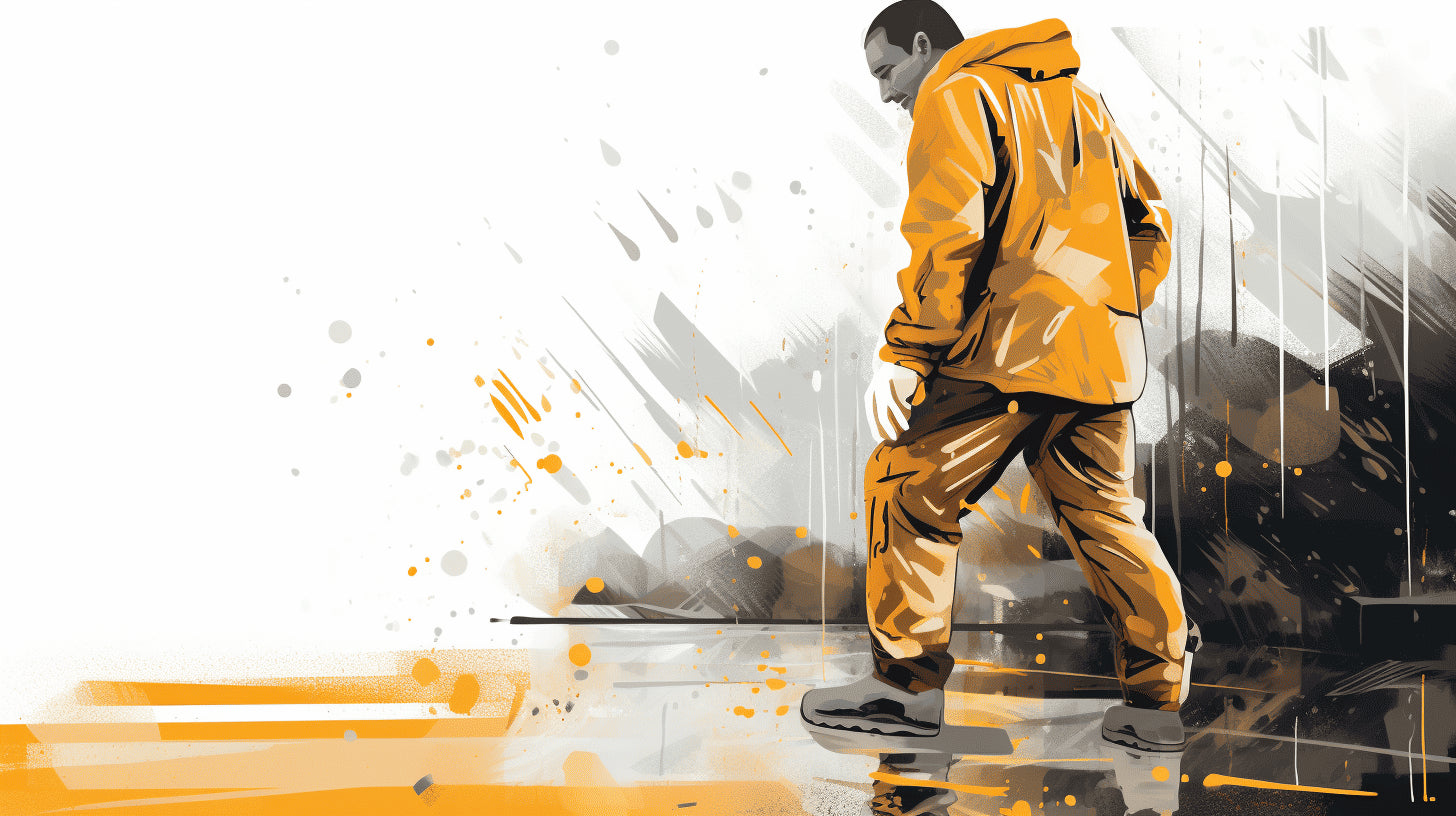
Leave a comment
This site is protected by hCaptcha and the hCaptcha Privacy Policy and Terms of Service apply.